SOURCE: PTI

India and China are rising and the two countries, in the process, are changing the world order, External Affairs Minister S Jaishankar said on Monday.
Mr Jaishankar, citing talks between the leadership of the two countries in Mamallapuram and Wuhan, said India tried to maintain an “equilibrium” in the ties through diplomacy, but the relations took a different turn following China’s military build-up along the Line of Actual Control in 2020 in violation of laid down norms.
Continue readingSOURCE: PTI

The US Consulate, in collaboration with the Mahratta Chamber of Commerce, Industries and Agriculture (MCCIA), launched the first-ever US-India Cyber Security Initiative to strengthen IT connections between the two countries.
US Consul General Mike Hankey, who was in Pune at the MCCIA Pune Business International Business Summit on Monday, said the initiative aims to unite top cyber security experts globally to create jobs and develop cutting-edge solutions.
Continue readingSOURCE: PTI

Stepping up its attack on the Union government over the “Agnipath” military recruitment scheme, the Congress alleged on Monday that “gross injustice” was done to youngsters and demanded that those who had cleared the old recruitment process but were not inducted be immediately given jobs.
The opposition party asserted that it would revert to the old recruitment system if voted to power at the Centre. Congress chief Mallikarjun Kharge wrote to President Droupadi Murmu, highlighting the “gross injustice” done to the youngsters seeking regular employment in the armed forces due to the “Agnipath” scheme, and urged her to ensure justice for them.
Continue readingSOURCE: PTI

Underling that the conflict in Gaza is of “great concern”, India on Monday said the humanitarian crisis arising from conflicts required a sustainable solution that gives immediate relief to those most affected.
Addressing the 55th Session of the UN Human Rights Council, External Affairs Minister S Jaishankar said that terrorism and hostage-taking are not acceptable and hoped that the conflict does not spread within or beyond the region.
Continue readingSOURCE: IANS

In response to the ongoing maritime security situation in the Gulf of Aden and Arabian Sea, the Indian Navy undertook airborne insertion by Special Forces. The Navy informed on Monday that this is also being done to ensure prompt action against any maritime threat.
The Indian Navy undertook airborne insertion by Special Forces by paradropping inflatable crafts and MARCOs from C-130 aircraft in the Arabian Sea for continued anti-piracy operations in the region. The Navy remains committed and poised towards safety and security of merchant shipping and seafarers in the region, an official said.
Continue readingSOURCE: IDRW.ORG TEAM
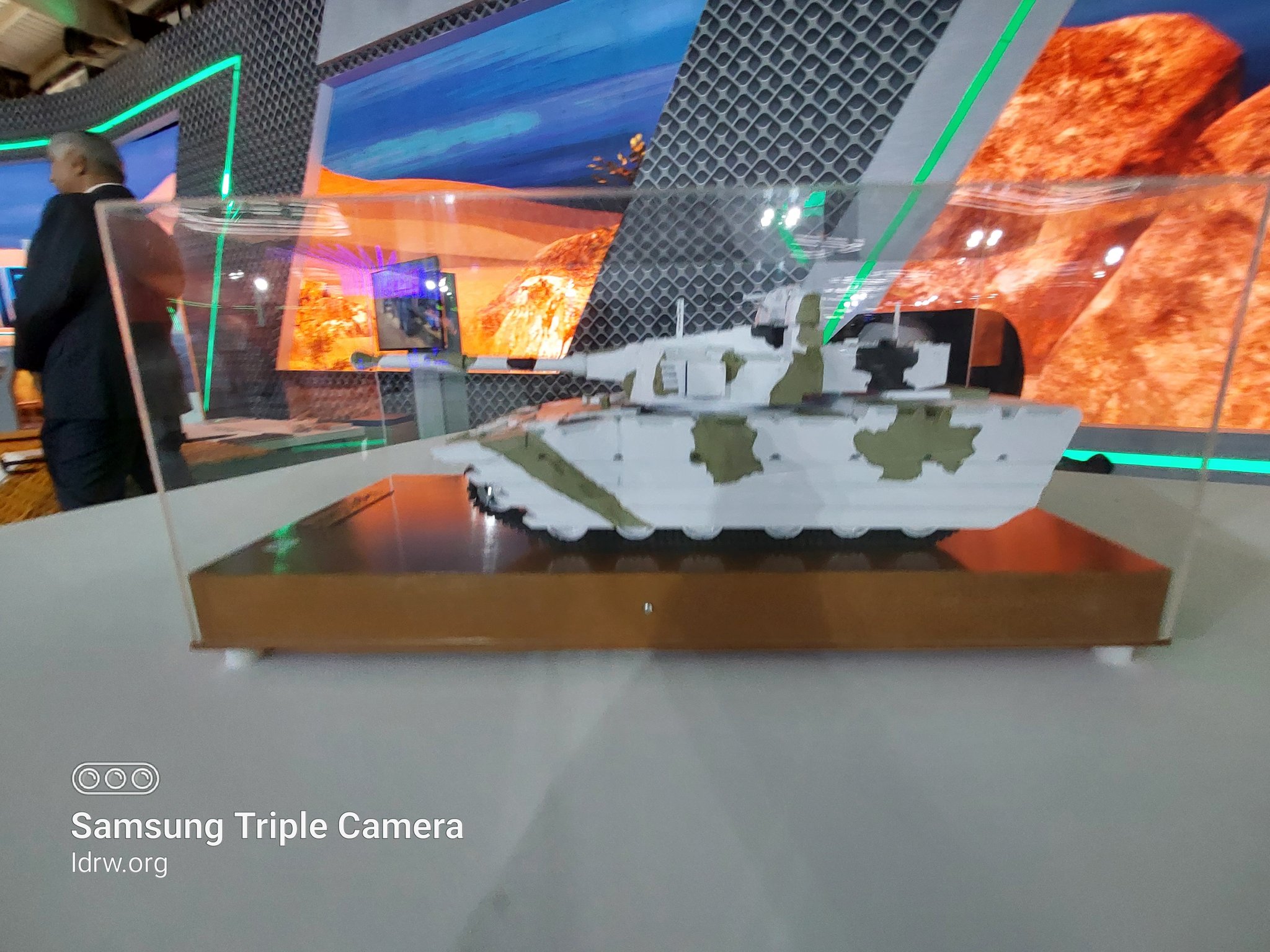
At the Maharashtra MSME Defence Expo, Larsen & Toubro (L&T) announced significant progress on its light tank project for the Indian Army. Jayant D. Patil, Advisor to CMD, L&T, revealed that the concept has been realized and is currently undergoing trials.
Developed in collaboration with the Defence Research and Development Organisation (DRDO), the light tank marks a milestone in Indian defense innovation. “Each one of us could do it independently, but it would have taken a long time,” Patil stated. “By coming together, this became the world’s first battle tank from concept to building and getting in trials in a record 19 months.”
Continue readingSOURCE: IDRW.ORG TEAM
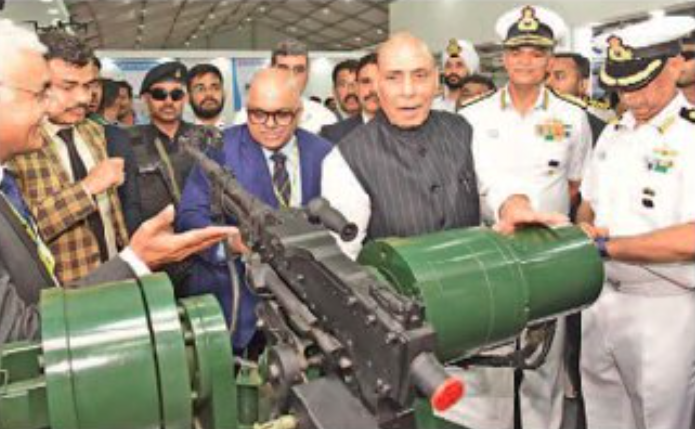
Hyderabad-based Zen Technologies recently made waves in India’s defense technology sector by unveiling its Hard Kill Anti-Drone system to Defence Minister Rajnath Singh. This innovative system, known as the Zen Anti-Drone System/Counter Unmanned Aerial System, represents a significant advancement in the country’s efforts to counter emerging threats posed by unmanned aerial vehicles (UAVs) or drones.
The Zen Anti-Drone System offers a comprehensive solution for detecting, tracking, and neutralizing unauthorized drones operating in restricted airspace. One of its key features is the integration of Hard Kill options, providing users with effective means to mitigate potential threats in real-time.
Continue readingSOURCE: AFI

According to a report by Lenta.ru, Germany is in talks with India to purchase ammunition from the country and transfer it to the Ukrainian armed forces through intermediaries. The report cites Der Spiegel as saying that India is unwilling to openly sell its ammunition to Ukraine due to its friendly relations with Russia.
The German government has not commented on the report.
Continue readingSOURCE: ANI

Indian Navy Chief Admiral R Hari Kumar on Monday said that the BrahMos supersonic cruise missile will be the primary weapon of the Indian Navy, replacing the old missile system acquired from other countries.
“BrahMos will be our primary weapon now as the surface-to-surface missile weapon. Probably the Air Force and the air fighters also will have that as the primary air-to-surface weapon. This has evolved in range, in capabilities, in its lethality, and so on. So, this is going to be the mainstay for some time and that is why we are replacing all old missiles with this… and we are installing the BrahMos. Now, we have the expertise to install it in a very quick time,” Navy chief told ANI in an interview.
Continue readingSOURCE: AFI
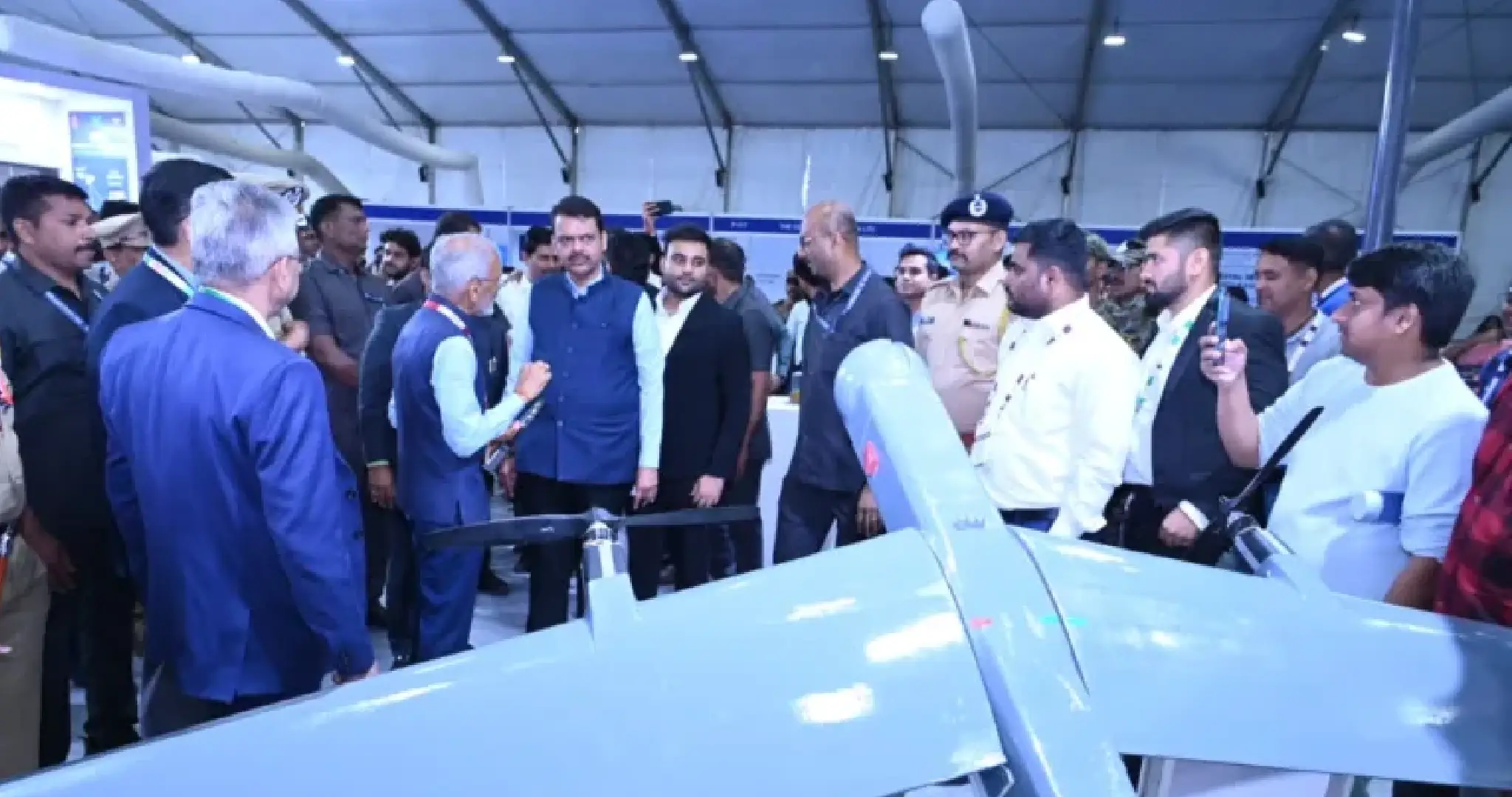
The Maharashtra MSME Defence Expo concluded on a high note, emphasizing the importance of indigenous production and collaboration with Micro, Small and Medium Enterprises (MSMEs).
Chief of Naval Staff Admiral R Hari Kumar, speaking at the closing ceremony, praised the expo for “bringing together several MSMEs” and highlighted the significance of “developing the ecosystem and environment for indigenisation.” He further stated that “Defence Expos facilitate this and encourage indigenous production,” underlining the crucial role such events play in fostering domestic defense capabilities.
Continue readingSOURCE: AFI

A group of students from JSS Mahavidyapeetha, collaborating across four institutes including JSS Science and Technology University, have developed a nanosatellite scheduled for launch in April 2024 by the Indian Space Research Organisation (ISRO). This 1.25 kg satellite, built at a cost of Rs 1.25 crore, embarks on a crucial mission to study the stability of drugs in microgravity conditions.
The experiment holds significant potential for the pharmaceutical and medical industries. By understanding how drug formulations react and behave in the unique environment of space, scientists can pave the way for advancements in drug development and space-based medical research.
Continue readingSOURCE: AFI

The Ministry of Home Affairs (MHA) has taken action in response to delays and challenges faced in post-blast investigations across various states. These delays have hampered the work of the National Security Guard (NSG) and compromised the quality of investigations into blasts with national significance.
This communication, recently sent to all states, emphasizes the importance of immediate action and prompt reporting to central authorities. Previously, some states have been slow to inform the Centre, leading to delays in NSG intervention and the potential loss of crucial forensic evidence.
Continue readingSOURCE: UNI
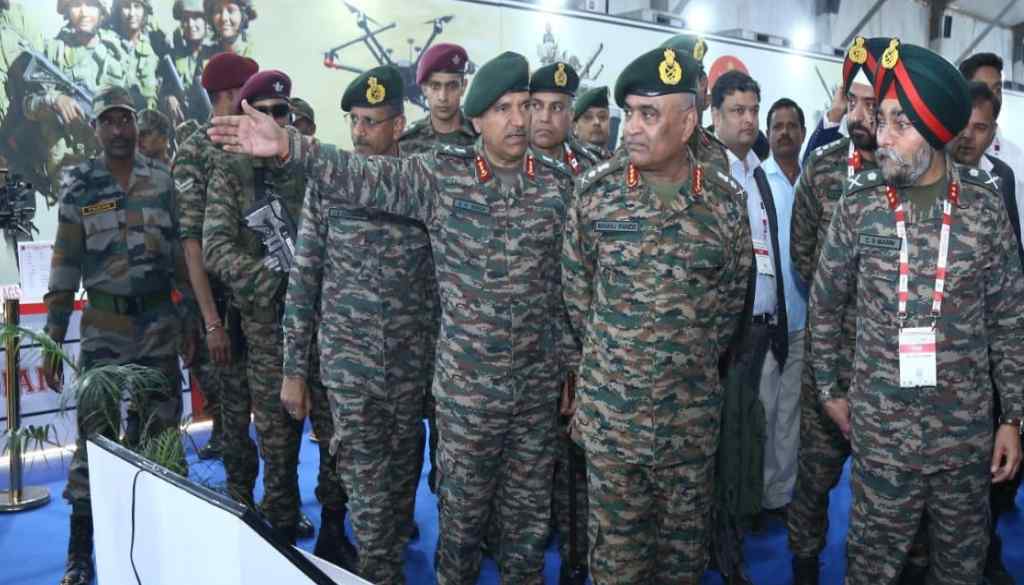
Chief of Army Staff Gen Manoj Pande on Monday said that as part of the Atmanirbharta pursuit, the Indian Army has been focusing on leveraging both the MSMEs and the Start Up ecosystem for meeting the capability development requirements. Delivering a keynote address at the Maharashtra MSME Defence Expo 2024 at Pune, Gen Pande said that under the Innovations in Defence Excellence (iDEX) procurement, all projects are mandated to be progressed through Start Ups, an official statement said here.
He said, “Currently under the iDEX route, 55 Indian Army projects, worth Rs 400 crore are being pursued, which encompass a total of 65 Start Ups. As many as four contracts worth Rs 70 crore have been concluded for procurement of equipment in limited quantity for field exploitation.
Continue readingSOURCE: PTI
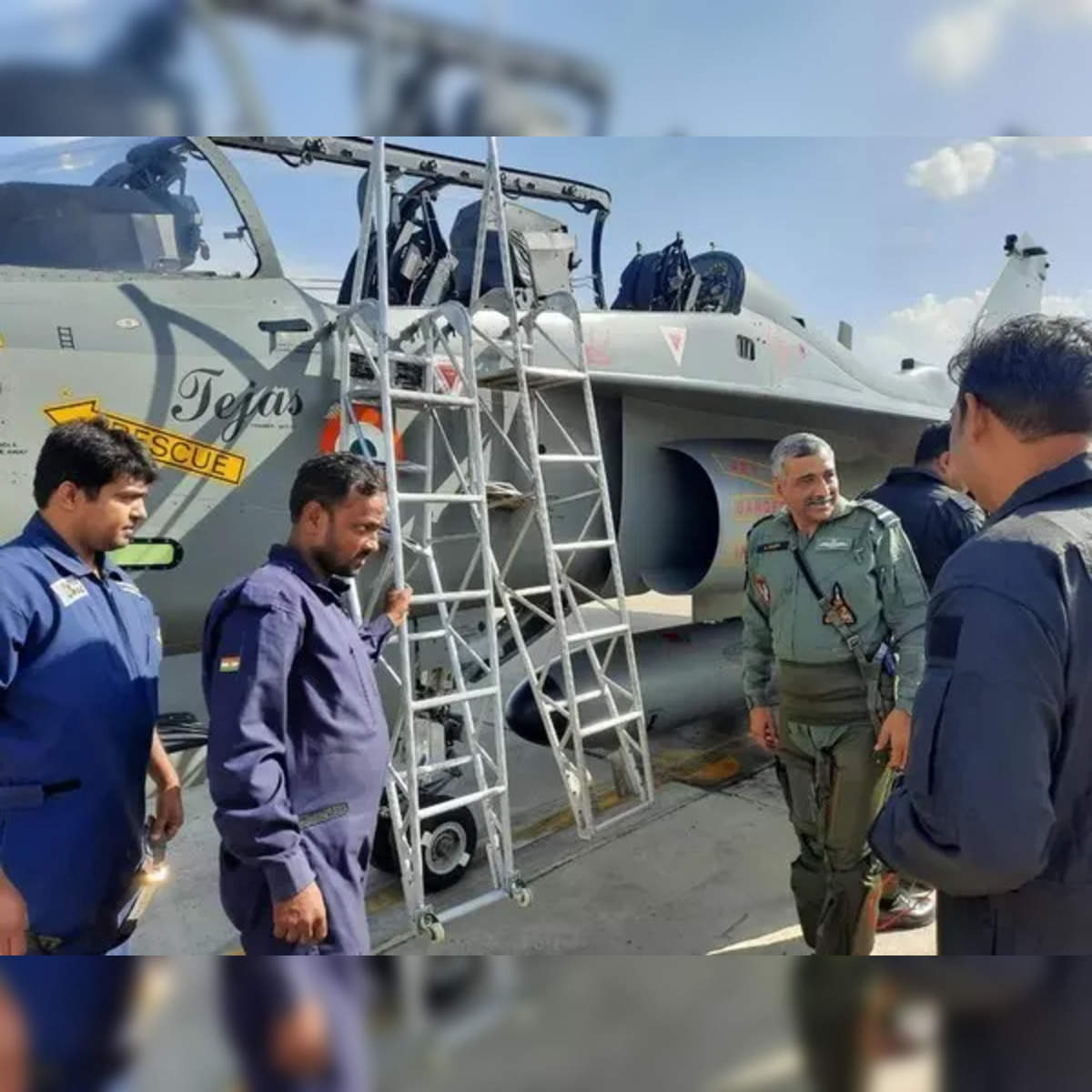
A nation has to become “industrially strong” and full spectrum self-sufficiency is required in defence, especially in the aerospace sector, Deputy Chief of Air Staff Air Marshal Ashutosh Dixit said on Friday.
Delivering a keynote address at an international conference here, he also said it is being seen that ‘atmanirbharta’ (self-dependence) is becoming more and more important after the “two wars” happening around us in the world.
Continue readingSOURCE: PTI
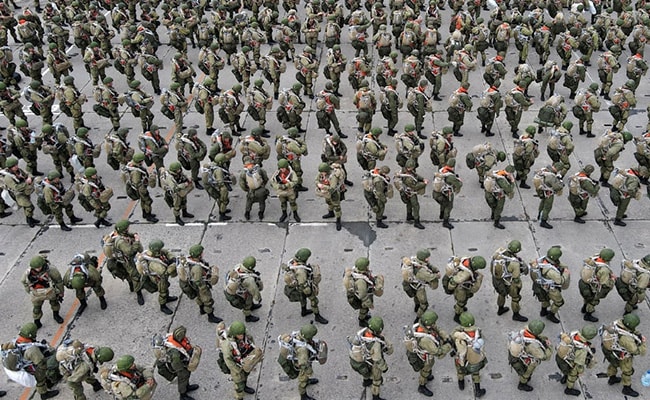
Several Indians who worked as support staff to the Russian army were discharged following India’s demand, the Ministry of External Affairs (MEA) said on Monday.
It said India remains committed, as a matter of “top priority”, to actively pursuing with the Russian authorities all the relevant cases of Indian nationals for an early discharge from the Russian army. According to media reports, several Indians have been working as security helpers in the Russian military and they were forced to even fight with Russian soldiers in certain areas along Russia’s border with Ukraine.
Continue reading